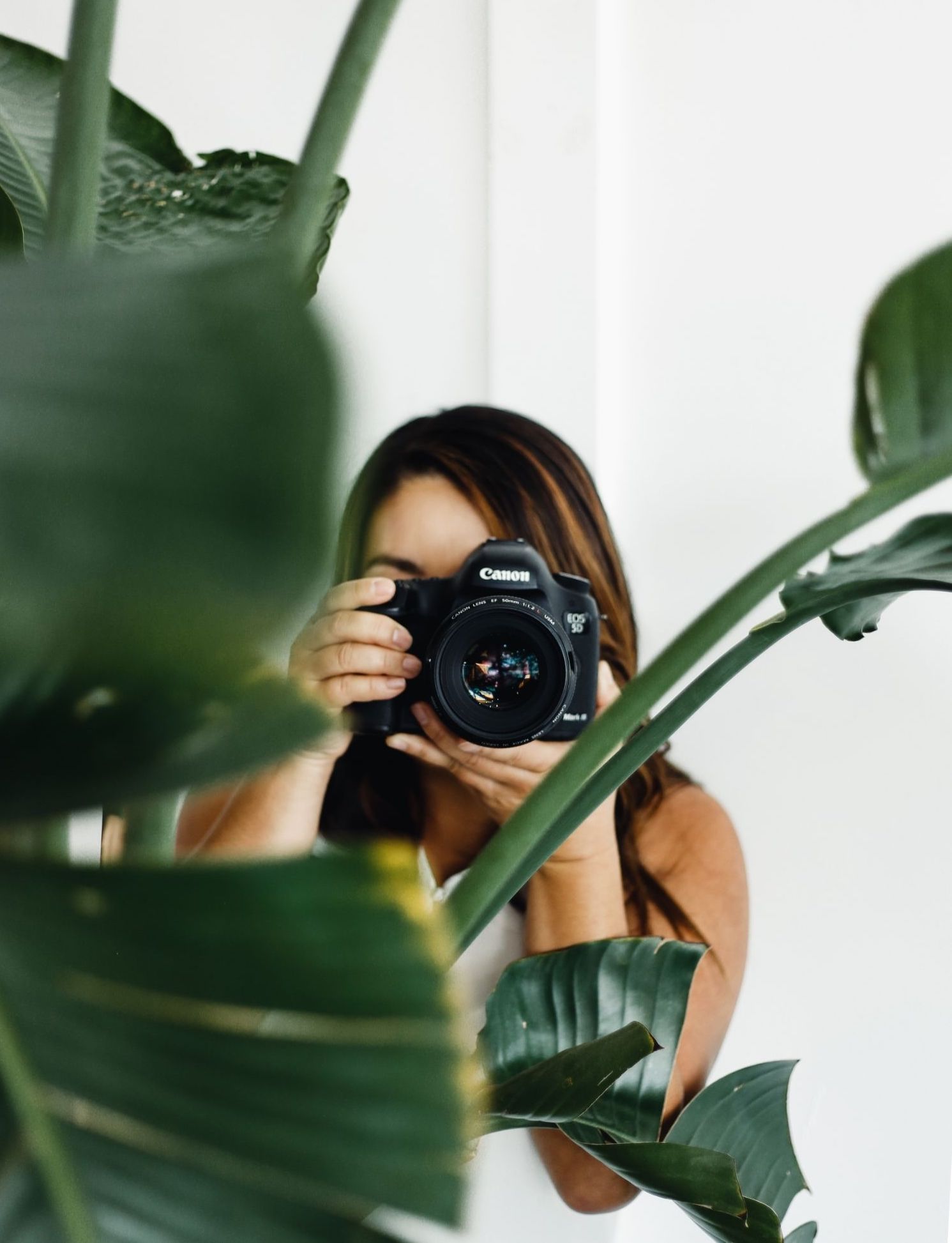In the vast realm of photography, where every frame tells a story, understanding the role of aperture is like unlocking a portal to creative expression. Aperture, represented by the f-stop on your camera, is a fundamental element that plays a crucial role in shaping the visual narrative of your photographs. In this article, we delve into the intricacies of aperture, exploring its functions, creative applications, and how mastering this aspect can elevate your photography to new heights.

Understanding Aperture:
Aperture refers to the opening in the camera lens through which light passes to reach the camera sensor. This opening is adjustable and is measured in f-stops, with lower f-stop values indicating larger apertures and higher f-stop values indicating smaller apertures. Understanding the impact of these aperture settings is essential for controlling exposure, depth of field, and overall image aesthetics.
- Controlling Exposure: One of the primary functions of aperture is to regulate the amount of light entering the camera. A wider aperture (lower f-stop) allows more light, making it ideal for low-light conditions, while a smaller aperture (higher f-stop) reduces the amount of light, suitable for bright environments. This control over exposure is crucial for achieving a well-balanced image.
- Depth of Field (DOF): Aperture has a profound effect on the depth of field in a photograph. A wider aperture (e.g., f/1.4 or f/2.8) creates a shallow depth of field, isolating the subject from the background with a pleasing blur, commonly known as bokeh. Conversely, a smaller aperture (e.g., f/11 or f/16) results in a deeper depth of field, ensuring that more elements in the frame are in sharp focus.
Creative Applications:
- Portraiture: In portrait photography, a wide aperture is often employed to create a soft, dreamy background that doesn’t distract from the main subject. This technique helps to emphasize the subject’s features and adds a professional touch to the image.
- Landscape Photography: For landscapes, a smaller aperture is preferred to maximize depth of field, ensuring that both foreground and background elements are sharp and detailed. This technique is particularly effective in capturing sweeping vistas and intricate details in nature.
- Macro Photography: In macro photography, where capturing minute details is paramount, a smaller aperture is chosen to achieve a broader depth of field. This ensures that the entire subject, often small and intricate, is in sharp focus.
Tips for Practical Implementation:
- Experimentation: Take the time to experiment with different aperture settings in various shooting conditions. This hands-on approach is crucial for developing an intuitive understanding of how aperture impacts your images.
- Understanding Lens Limitations: Different lenses have different maximum and minimum aperture values. Understanding your lens’s capabilities allows you to make informed decisions based on the available aperture range.
Conclusion:
Aperture is a powerful tool that empowers photographers to exercise creative control over their images. Whether you’re crafting a portrait, capturing a sweeping landscape, or exploring the world of macro photography, a nuanced understanding of aperture will open up a realm of possibilities. Embrace the art of aperture, experiment fearlessly, and watch as your photography evolves, telling stories with newfound depth and visual allure.